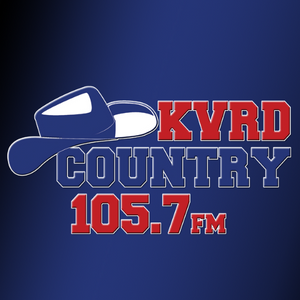Authorized by the Bipartisan Infrastructure Law, the U.S. Forest Service recently announced an award of $250,000 to the Greater Flagstaff Forests Partnership (GFFP) to develop a novel Community Wildfire Protection Plan (CWPP).
This CWPP will serve ten fire districts and six tribal communities in rural Coconino County.
Coconino County recognizes wildfire and post-wildfire flooding as the top public safety threat. Since 2010, the County has endured nine major wildfires, burning over 255,000 acres. Correspondingly, the County has higher wildfire risk to homes than 84.5% of U.S. counties. This CWPP will define locally-specific approaches to wildland fire and watershed management across most of the County. In developing and implementing this CWPP, communities will take the lead in reducing wildfire risk across jurisdictional boundaries.
Developing a CWPP for the better portion of Coconino County’s rural fire districts and tribal communities will build on prior work and lessons learned from the Greater Flagstaff Area CWPP (developed in 2005, and updated 2012 and 2018). GFFP will lead this new CWPP effort to cover areas outside of the Greater Flagstaff Area footprint to enhance the effectiveness of fuel reduction projects in and around Flagstaff and throughout the Kaibab and Coconino National Forests.
“Given these fire districts and tribes do not have a current CWPP in place and a plan to combat the greatest threat their communities face, developing a CWPP is essential, and this will provide a roadmap of reducing wildfire risk for these 16 communities,” said Anne Mottek of the GFFP. “Historically, these fire districts and tribes have been underrepresented and underserved in wildfire mitigation planning efforts, and this novel CWPP will provide the capacity and technical expertise they need to prepare for the next inevitable wildfire.”
Through the development of this CWPP, local organizations will build on their prior work, identify wildfire risks within and surrounding communities in the Wildland Urban Interface (WUI), and plan mitigation measures to reduce these risks. Specifically, the CWPP will produce separate analyses for each of the 16 communities, including prioritized fuel reduction projects for highly valued WUI resources and assets and an “Action Plan” to realize on-the-ground fuel reduction projects. Once developed, this new CWPP will make organizations within the planning area eligible to apply for Community Wildfire Defense Grants implement projects within the CWPP. GFFP plans to apply for numerous grant opportunities to implement these risk reduction measures.
“We are well aware of the wildfire risk within our forested areas and are actively working to reduce this risk through forest restoration,” said Coconino County Forest Restoration Director Jay Smith. “Community Wildfire Defense Grant projects will complement these efforts by reducing the risk for wildfire starts within residential areas, rural fire districts, tribal communities, and adjacent shrub and grasslands.”
Once funded, the CWPP is expected to be completed in 18 months, with GFFP, Coconino County, an experienced contractor, and a Core Team overseeing the project. The Core Team will comprise representatives from multiple fire and land management agencies, utilities, tribal, state, and county government, non-profits, and other scientific and academic institutions.
For more information on the Community Wildfire Defense Grant Program, visit the Community Wildfire Defense Grant Program | US Forest Service (usda.gov).









[…] Story continues […]